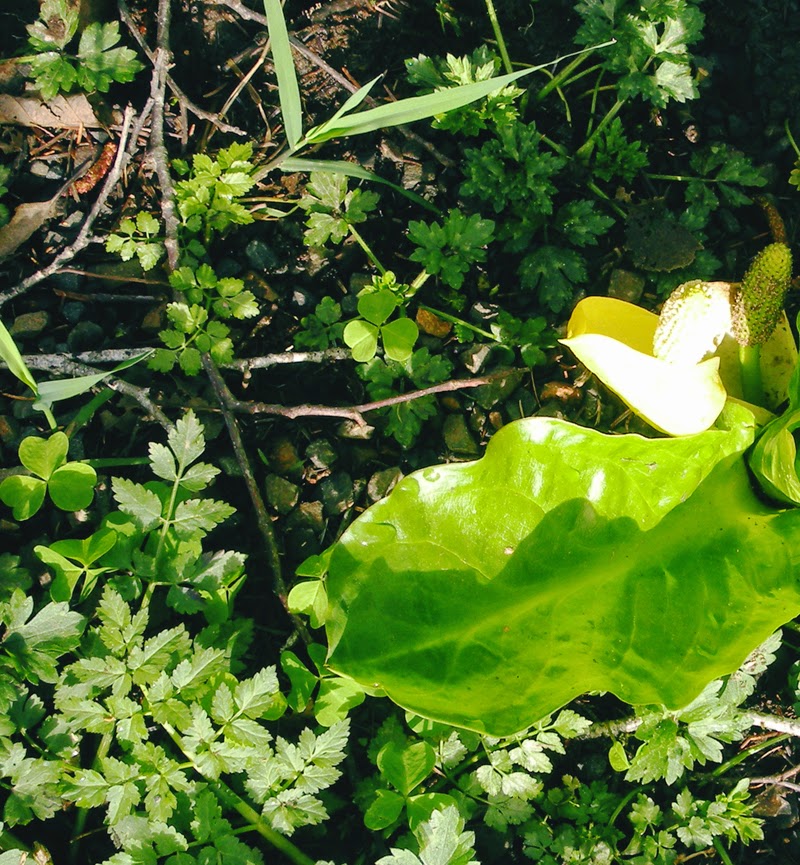Jewell Meadows Wildlife Area
Where: 79878 Oregon Hwy 202/ Oregon/ USA
Ramblers: Susan and Dave
Season: Spring
Earthlings spotted: Roosevelt Elk
Jewell Meadows provides a winter habitat and
supplemental feeding for Roosevelt elk in the Coastal Hills range in the northwest corner of Oregon. Open pastures with a creek and nearby woodlands border Oregon State Highway 202, where you can enjoy excellent viewing of up to 200 elk.
The main meadow is a year-round refuge with no hunting or public access to the meadow. You must admire from afar. Be sure to bring binoculars and your telephoto lens!
Unicorn? No, that appears to be an albino elk!
The wildlife area has two paved parking areas, four viewing areas and
interpretive signing.
Restrooms, an interpretive kiosk, and
brochures about the area are available.

Best times to visit:
November - April for elk viewing
Year-round for bird and wildlife viewing.
For more information, click here:
Directions: From Portland, travel west on Hwy. 26 to the Jewell Junction, just west of Elderberry Inn. Turn north on Hwy. 103, which parallels the Nehalem River for nine miles to Jewell. At Jewell travel 1.5 miles west on Hwy. 202 to the refuge area on Fishhawk Creek. Parking areas are provided at strategic points to aid viewing.






























